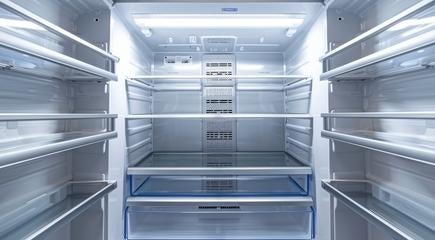Proposed Recognition Criteria for ENERGY STAR Most Efficient 2021

On July 15, the U.S. Environmental Protection Agency (EPA) hosted a webinar to propose recognition criteria across product categories for the ENERGY STAR® Most Efficient (ESME) 2021. As an extension of the ENERGY STAR brand and in what will be its eleventh year, the Most Efficient label recognizes the most efficient products among those qualifying for ENERGY STAR. The Most Efficient label helps to guide environmentally conscious early adopters toward the “best of the best” products in energy efficiency and currently covers 3320 models in a wide product mix through 212 ENERGY STAR partners.
As part of an ongoing collaboration with utilities, there are thirty energy efficiency program sponsors leveraging ESME while serving 21 million consumers. Piloted in 2016, the ENERGY STAR Retail Products Platform uses the Most Efficient label for retailer incentives. Retailers represent greater than 75% of the appliance market. Through consumer education, national awareness of the ENERGY STAR brand is high, with 91% aided recognition and 83% unaided recognition. Furthermore, 20% of the ENERGY STAR aware population is also aware of ESME.
Regarding specific product categories, current criteria are largely maintained with some updates noted below.
With respect to appliances, current energy and water criteria are maintained for clothes washers. The scope has expanded to include laundry centers, if they meet ESME criteria for washers and dryers. For clothes dryers, current criteria are kept for all dryer product types. Similarly, current criteria are maintained for refrigerators including top-freezer, side-by-side, and bottom-freezer product types. For freezers, current criteria are also maintained for standard-size upright freezers and chest freezers. Likewise, compact refrigerators and freezers retain the current criteria. Because the ENERGY STAR specification for dishwashers is currently under revision, the ESME criteria are under development.
There are no changes to criteria for dehumidifiers (portable and whole-house) and room air conditioners (RAC), which were added as a new product category last year. Criteria for RAC units with a cooling capacity < 14,000 BTU/hr and those with ≥ 14,000 BTU/hr are 25% and 35% more efficiency than the federal standard, respectively. Also, the sound pressure level must be ≤ 45 db(A) for the lowest operational mode available. For ceiling fans, performance levels for standard and hugger fans are generally maintained as well as those for low-mount high-speed small-diameter (HSSD) fans. For ventilation fans, criteria for bath/utility room and in-line fans are maintained. Generally, these consist of efficacy (cfm/W) requirements and sound level limits at high speed.
For centrally ducted air conditioning, heat pumps, and furnaces, current performance criteria, including staged or variable-capacity requirements and installed efficiency requirements, remain the same. Products, moreover, must demonstrate they meet system status and messaging criteria (e.g. set-up information, fault history, resident alerts, etc.). Looking forward, the ENERGY STAR Central Air Conditioner and Air-Source Heat Pump Version 6.0 Specification will be effective on January 1, 2023, so the ESME will align in that timeframe, including efficiency metrics and test methods.
Regarding consumer electronics, the 2020 criteria will be maintained for computer monitors. These levels continue to serve as a high-performance benchmark, and the energy savings potential for more stringent criteria is deemed to be minimal for now, although more differentiation is expected in 2022.
Finally, for residential windows and sliding glass doors, current U-factor and Solar Heat Gain Coefficient (SHGC) criteria for four climate zones are maintained. An EPA analysis is in progress to see if an ENERGY STAR criteria revision is warranted.
The EPA is finalizing the 2021 criteria in August 2020, and products will be recognized as ENERGY STAR Most Efficient 2021 beginning January 1, 2021. Any stakeholder comments should be sent to MostEfficient@energystar.gov.
Webinar slides as well as drafts of the specific 2020 recognition criteria for covered products can be found at the following page:
https://www.energystar.gov/products/spec/energy_star_most_efficient_2021_criteria_development_pd





